Part 7 – Top 10 Things to do in Bundaberg
Fairymead Sugar History Museum
Fairies have always been synonymous with magic, and so would any museum that is named after fairies.
While on my Bundaberg vacation, and scouting places in Queensland to visit, I thought it would be a good idea to weave a tale on the subject of the vast plantations of sugarcane and sugar mills. A sweet experience it was to make Fairymead Sugar History Museum a part of the tale. Oh but a fairy tale it was not quite – at least not one that would match the image in the mind’s eye – that of magical creatures with wings, stardust in their hair and sparkle in their eyes. Listed below are a few places to visit in Bundaberg.
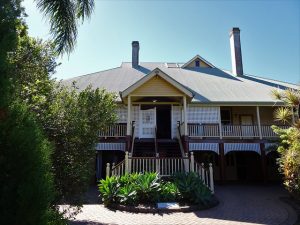
Fairymead House
Fairymead Queensalnd
Fairymead House, one of the places to see in Bundaberg. is anything but an abode for mythical fairies. Located at Thornhill Street in Northern Bundaberg, the Fairymead House was designed in an Indian style by John Shedden Adam far back in 1890. Many who visit Fairymead Queensland put this down as one of the places to see in Queensland.
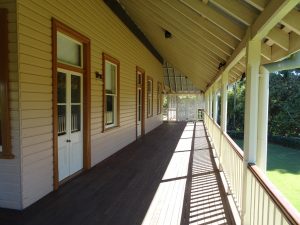
Verandah Fairymead House
The house has a wide verandah which is much spoken about by the locals in the Bundy region – one of the tourist attractions in Bundaberg. History has it that its owner Margaret Young had requested her architect brother, to raise the stairs at the entrance of the house. She wanted the stairs to be lifted higher to allow her to land straight onto the raised step right from her carriage. She did so, to ensure that her shoes were not spoiled in having to step on the ground and thereon to the stairs. Such indulgence, but that it was pandered to by her brother makes it a story to remember. It’s more to do with the story or the history of a place rather than the place itself which makes it one of Bundaberg attrractions.
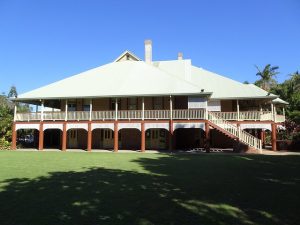
Fairymead House
When to Visit and How Much does it Cost?
Fairymead Queensland is one of Queenslands tourist attractions, specific to things to do in Bundaberg. If you are touring on a string budget, it will do well to know that a visit to the bungalow costs AUD 7 per head which is cheap by far if one takes into consideration the history of sugar that unfolds here. Note that it is open only in the first half of the day and closed on Saturdays. Odd that it should be closed on a weekend which is commonly reserved by families for weekend activities. Well, to those on a holiday it wasn’t a thing to worry about as each day would count as a weekend to a traveller.
History of Fairymead
A long time ago, history has it that there was a family who lived at Fairymead even before the Youngs came. Dating nearly a score years ago, it was the Brown Brothers who lived and grew sugarcane in this region – it was in the 1870s to be precise. That was exactly 20 years before the Youngs took up residence at Fairymead Queensland. They divided their plantations into sections which came to be called “Fairymead” because of its misty sugar trail. The brothers, Alfred and Arthur, managed the estate for a decade until one day there came the floods which destroyed everything that they had cared for years.
The brothers then upped and sold their property to the Young family, who also were a rather skilled and entrepreneurial lot. Funnily, even the Youngs had had their share of losses when they once owned sheep farms in New Zealand. Their ardent research led them to believe that a brighter future lay in cultivating sugar cane plantations and tying up with local sugar mills in Australia. They, that is Ernest and Margaret Young, therefore made Fairymead their mainstay. It was even better that their residence adjoined the Fairymead plantation which grew their sugarcane. Among the things to do around Bundaberg.
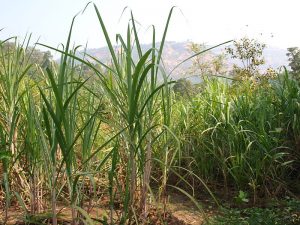
Sugarcane Plantation
The brothers, namely Ernest, Horace, Arthur, divided their responsibilities in cultivating their plantation and raising it to heights several years down the line. One of the two brothers was in charge of obtaining cutting edge equipment, to speed up the process of hauling and transporting cane. Much later, they began to refine their own sugar and also that of nearby plantations. They were able to achieve this by sourcing their own high tech machinery and irrigation system. The benefit was two-fold as the Young brothers saved on labour costs while also simultaneously freed labourers for use in other plantations which needed labour.
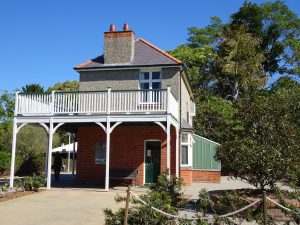
Hinkler House
It was fortunate thing to get an opportunity to see the Fairymead House, close to the Hinkler Hall of Aviation and the Botanic Gardens, which I visited soon after. Besides, the Gardens are open in the evening so it would do well to complete Fairymead in the mornings, up to noon. I was happy to note that the House falls among the list of things to see in Queenland, specific to Bundaberg and a worthy subscriber to Queensland’s success stories on sugar.
The Bundaberg & District Historical Museum
When on a historical trip, for things to see in Bundaberg, it makes sense to throw in a few more sightseeing spots in one’s itinerary of Bundaberg, Queenland attractions. I completed the journey by stopping at The Bundaberg & District Historical Museum close by. I suggest clubbing a visit to the District Historical Museum with Fairymead the same day, to avoid having to return to the Museum another day. It is a treasure house of historical artefacts on display, all original ones at that. However, unless you’re keen on detail, this place won’t take long to scout and honestly won’t fall among the top things to do in Bundaberg.
Australian Sugar Cane Railway
The first thing I’d advise those who’d wish to remember the trip on the Australian Sugar Cane Railway is to keep their camera out of sight and simply enjoy the ride. It is one of the fun things to do in Bundaberg in Queensland to visit, to enjoy the ride on a train that rolls through lush green landscape. The site offers an amusing and exciting expedition on locomotives which were used in the sugar mills of yore. Steam engines have always been among my best-loved forms of transportation and among Queensland tourist attractions and one of the top things to do in Bundaberg. Sitting in one of the steam locomotives brought back a rush of memories from times in the past when I’d travelled on similar steam trains on summer vacay rides to Goa, India.
The trip offers a peek into the equipment used to transport sugar cane from plantation to plantation. The carriages are authentic, in terms of having once been used in commercial enterprises in Bundaberg. It gives the Bundaberg things to do list a thrust, and therefore falls among the list of Queensland tourist attractions too.
Sightseeing Frills in and Around
Apart from being one of the things to see in Bundaberg, the Sugarcane Railway can serve as a fun one-stop outing for children as it sports a park with birds and eel ponds. Couldn’t sight eels on my recent trip to Sheep World in New Zealand but got luckier in Australia. I turned into a child myself; who wouldn’t with locos and turtles and sugar and all!
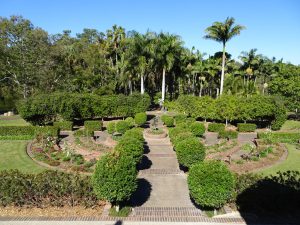
Rose Garden
The visit is worth its cost of AUD 4 per head, for it has story and fun woven together. Like with most Australian spots, the customer service was exceptional. I sensed that the staff and even volunteers did their jobs out of sheer passion rather than as a mere source of income. Their enthusiasm is almost contagious and a perfect site for a family trip. The best part is the run through the Botanical Gardens, which is scenic, if not magnificent. I’d list this as among the top things to see in Bundaberg and must see places in Queensland. When listing the things to see in Queensland, don’t forget to add this quaint and quiet city of Bundaberg to the list.
It was no surprise as this song came to mind as I hummed the tune along the train ride through the shed.
Sugar, ah honey honey
You are my candy girl
And you got me wanting you
Honey, ah sugar sugar
You are my candy girl
And you’ve got me wanting you
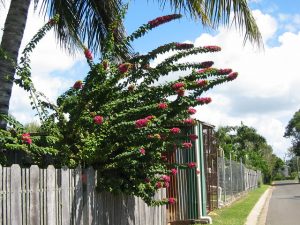
Bloom, overhanging a white picket fence
We hopped into the lush grounds of the Botanical Gardens, with more scenic green carpets and trees. More on the subject will follow in a subsequent travel article on Queensland, Australia.
Check out in PART 6 about Bert Hinkler’s Flight of Success. Hinkler House is among the Top Things to do in Bundaberg.


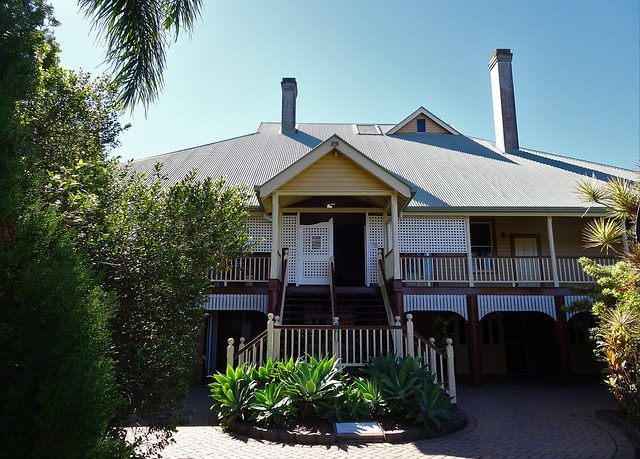
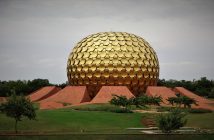
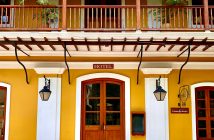
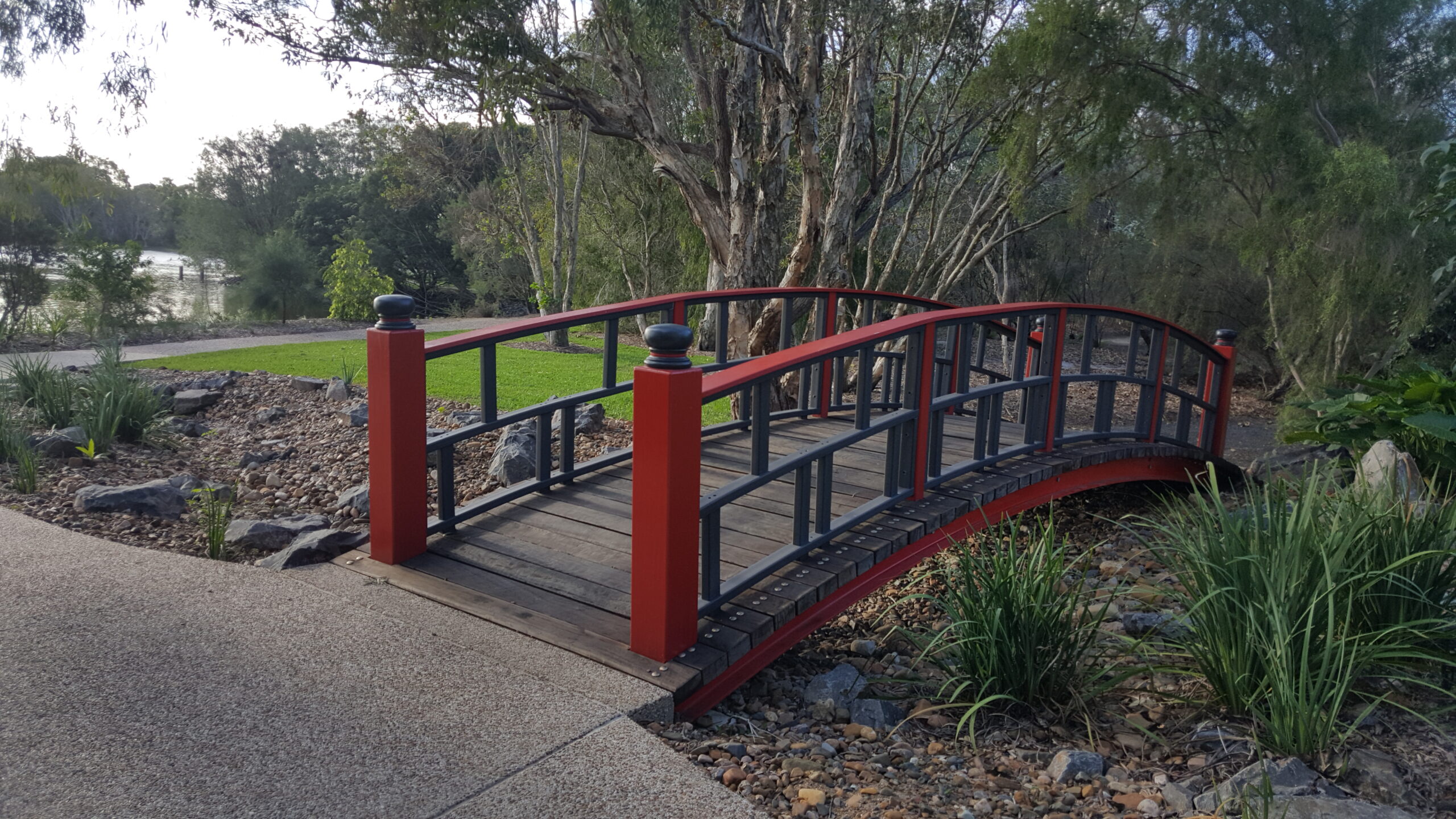
9 Comments
Carmelita, the Indian style of architecture is so evident in the veranda which looks exactly ike the ‘balcaos’ of Portuguese houses in Goa built during the colonial rule.
Priya
You have taken me on a historical trip, with such detailed explanation, of one of Bundy’s most lucrative businesses; the sugarcane industry and it’s role in Bundaberg Rum.
Yes, as Priya commented, the verandahs are quite like the ones in Goa. These imposing wooden structures are called ‘Queenslanders’. They were designed to withstand floods and provide good ventilation in the hot summer months.
That the wooden structures are called Queenslanders is a new learning.
Yes, couldn’t forget the sugarcane industry and sugar mills which is Bundy’s mainstay.
Carmelita, the Indian style of architecture is so very evident in the veranda which looks exactly like the ‘balcaos’ of Portuguese houses in Goa built during the colonial rule.
Priya
Absolutely, Priya. It reminded me of the same architecture that I have seen in our old style houses.
lovely, well written.
Many thanks, Melissa. Am glad you were able to comment and subscribe to the blog.
Nice article Carmelita. Very informative!
Thanks for sharing ☺️
Am glad you found it informative, Astrid. Do subscribe to the blog when time permits.